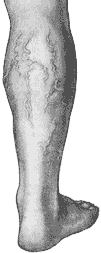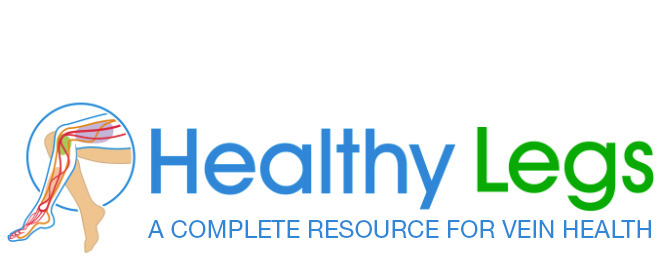
Varicose veins are larger than spider and reticular veins, measuring from around 3mm up to more than 2cm in diameter, and are most commonly found on the legs between the ankle and thigh.
In some cases, varicose veins may have no obvious complications and may appear to be simply a cosmetic problem. In other cases, a range of complications can be involved. In either case, they are a form of venous disease and should be taken seriously.
Over time, they may become more extensive across the legs, and may begin to cause more symptoms and potentially serious complications.
In the CEAP clinical classification system, varicose veins are categorised as C2 and are generally considered as a medical condition which should be assessed and possibly treated before the condition progresses further and more serious complications develop.
How Common Are They?
Varicose veins are a common condition, particularly among middle-aged and older people. Studies have shown a range of 10% to 39% of men with the condition, and 30% to 39% of women. It is generally accepted that women are more commonly effected, and these rates can be even higher amongst the over 50 population. Varicose veins are not always visible to the eye.Who Is More At Risk?
A number of factors make you more likely to develop varicose veins:
- Age; the elasticity of your veins weakens as you get older
- Your genes; if you have a strong family history of varicose veins the chances are that you will have them too
- Conditions that cause increased abdominal pressure such as chronic constipation, abdominal tumours or wearing tight girdles
- Excess weight; being obese (and especially belly fat) increases pressure on the leg veins
- Standing or sitting for long periods of time
- Immobility; such as being confined to bed
- A medical history of blood clots or injury to your veins
In addition, simply being female can increase your risk of developing varicose veins:
- Hormonal changes during puberty, pregnancy and menopause dilate the veins
- Taking contraceptive pills and hormone replacement therapy have a similar effect in dilating veins
- Pregnancy; the pressure of the growing uterus and the increased volume of blood causes veins to enlarge









